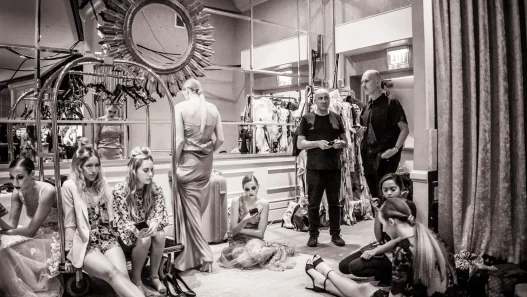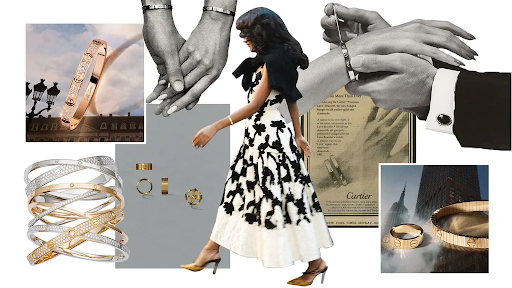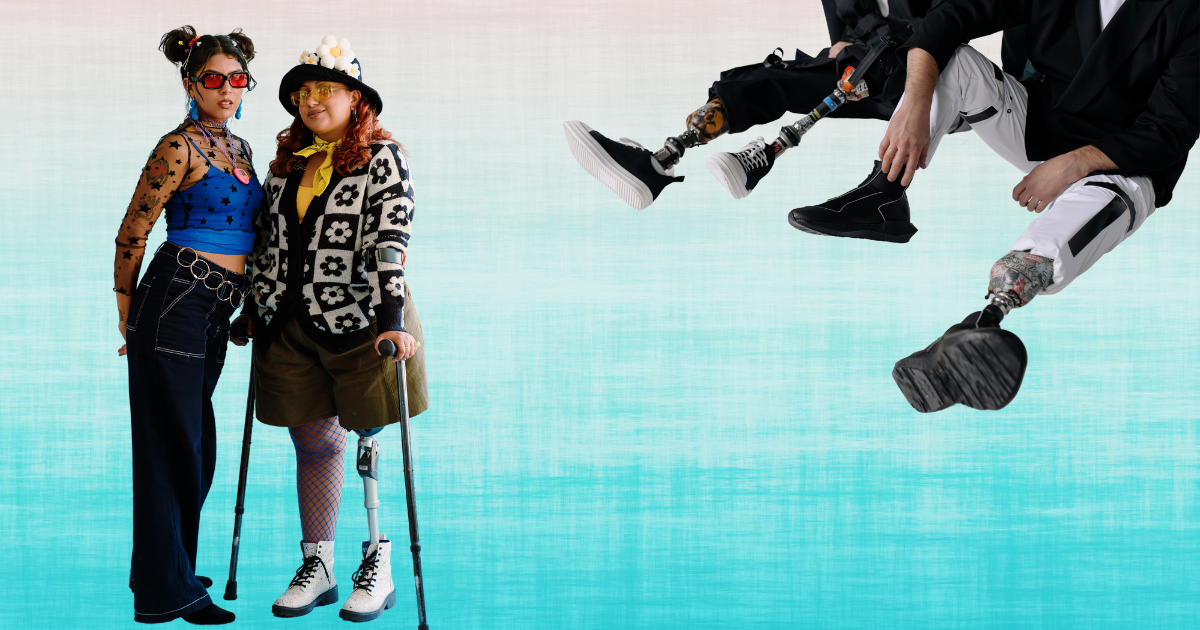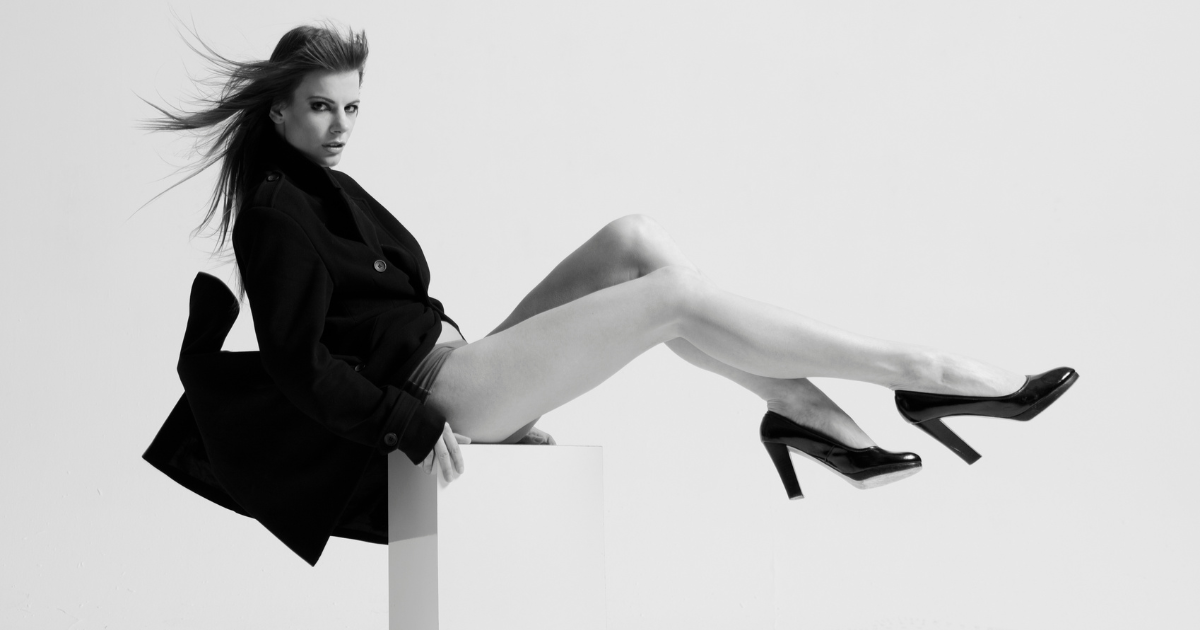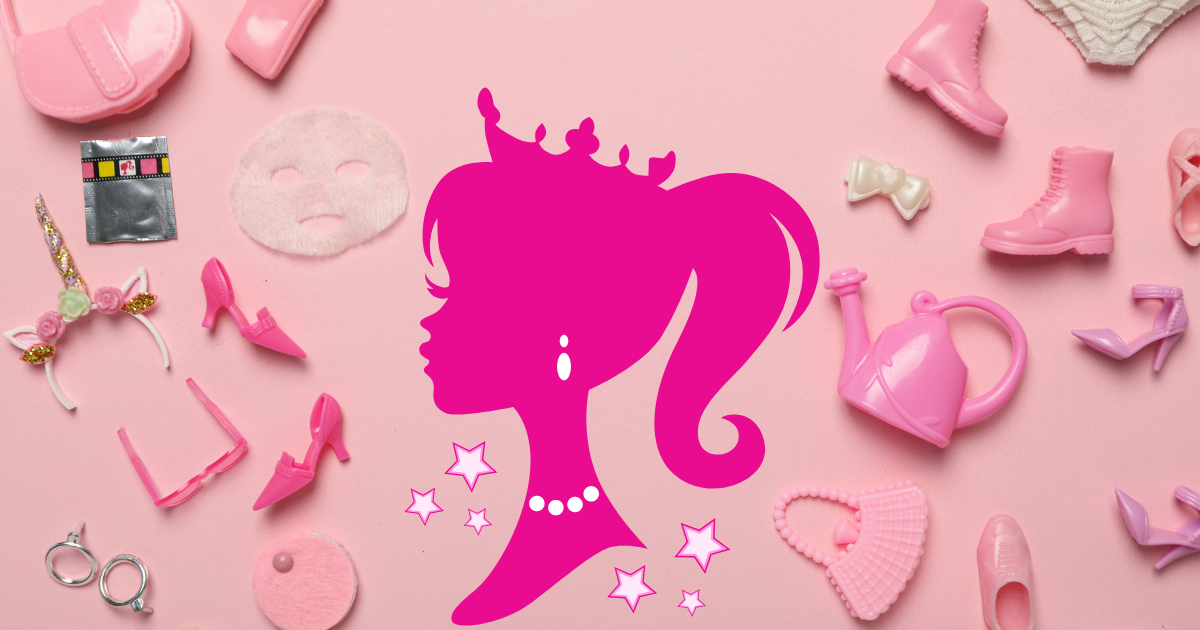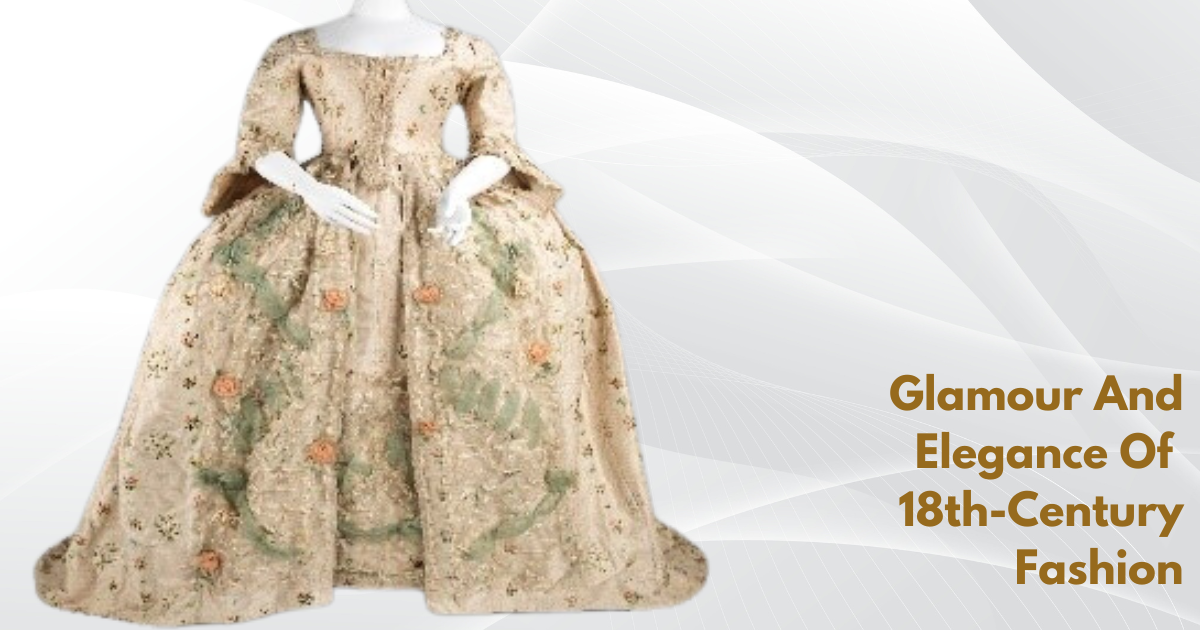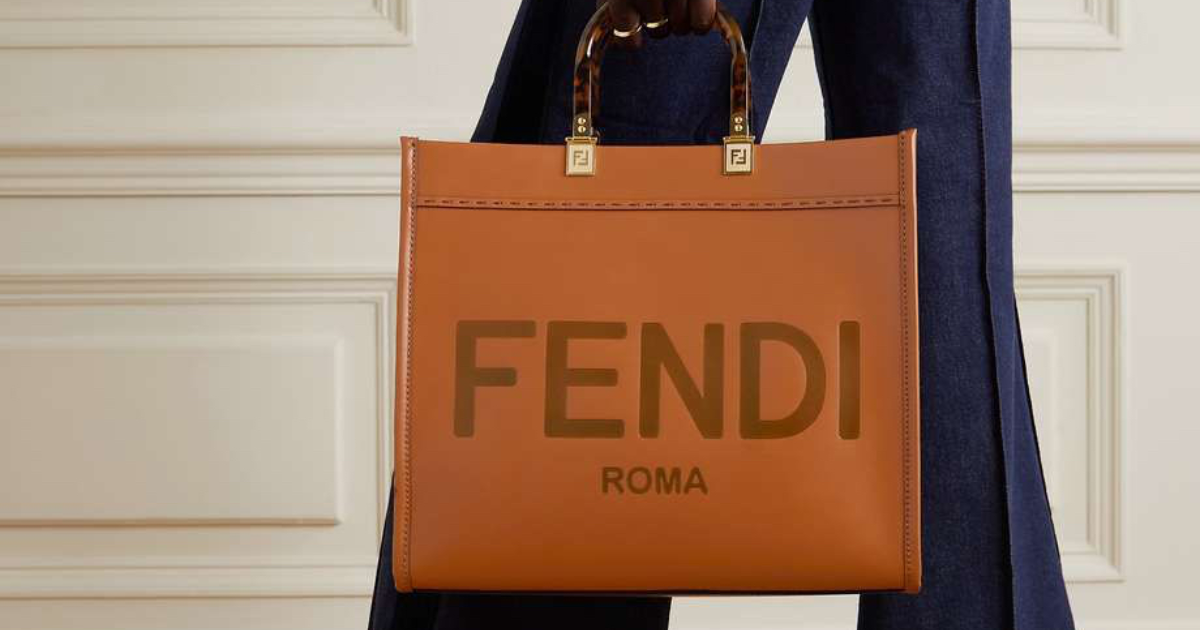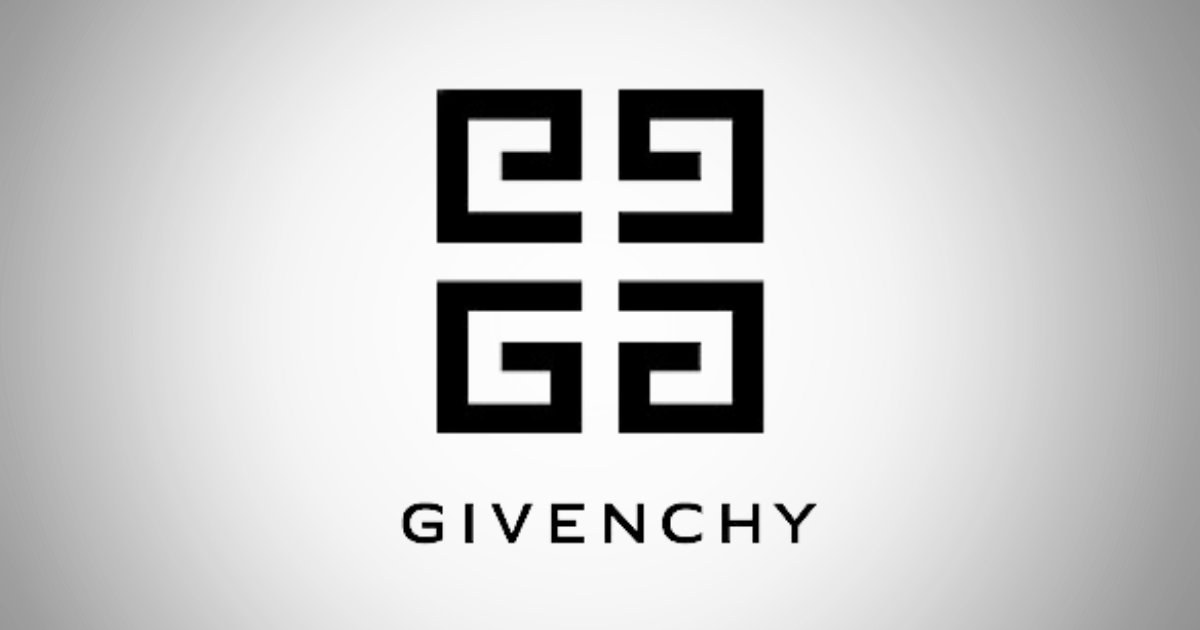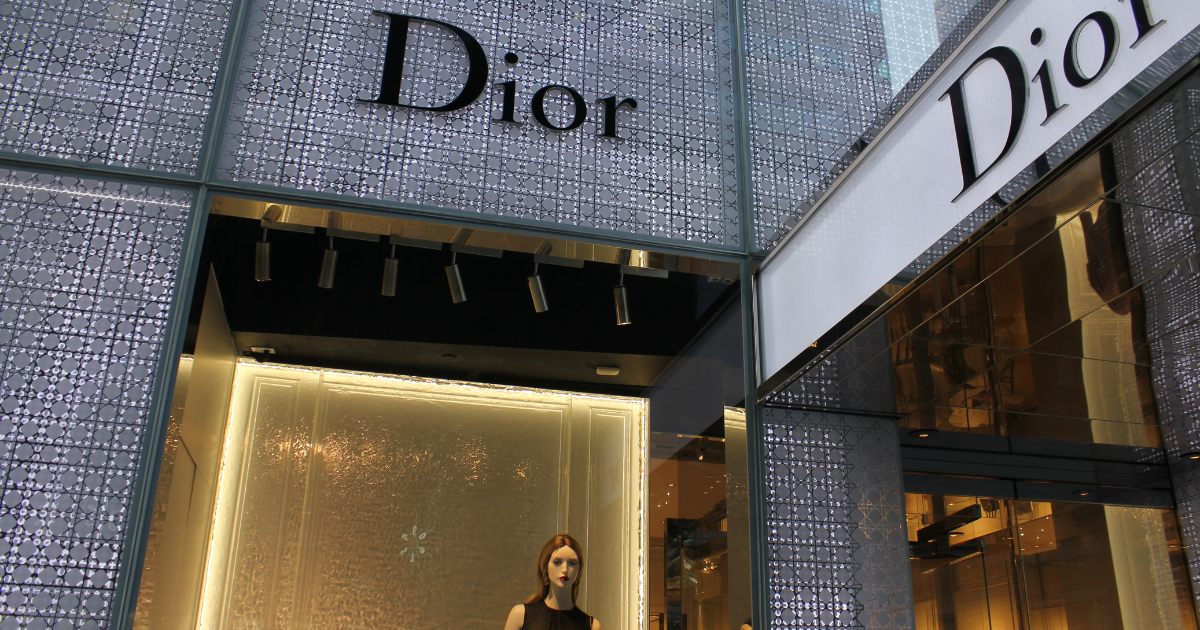Introduction:
Fashion has long been synonymous with creativity, self-expression, and individuality. However, for people with disabilities, the world of fashion has often been a realm of exclusion and limited representation. The struggle for disability rights and inclusion in the fashion industry has been ongoing, but in recent years, there has been a positive shift towards greater awareness, understanding, and acceptance. This article explores the relationship between fashion and disability rights, highlighting the progress made so far and the work that still needs to be done to create a truly inclusive and empowering fashion landscape.
Historical Exclusion and Underrepresentation:
Throughout history, people with disabilities have been marginalized and often denied the opportunity to participate fully in various aspects of society, including fashion. The lack of accessibility in clothing, limited design options, and the absence of disabled models on runways and in fashion campaigns have perpetuated the feeling of exclusion and invisibility. However, these challenges are gradually being acknowledged and addressed.
The Rise of Disability-Inclusive Fashion:
In recent years, there has been a growing movement towards disability-inclusive fashion, driven by activists, designers, and organizations advocating for change. Some key aspects of this movement include:
- Adaptive Clothing: Adaptive clothing is specially designed to meet the unique needs of individuals with disabilities, such as those who use wheelchairs, have limited mobility, or need assistance with dressing. These garments often feature magnetic closures, Velcro fasteners, and other innovative design elements that make dressing easier and more comfortable.
- Inclusive Runways: Fashion shows are beginning to embrace diversity by including models with disabilities, showcasing that beauty and style transcend physical abilities. The inclusion of disabled models challenges societal norms, promotes body positivity, and celebrates individuality.
- Representation in Advertising: Fashion brands are increasingly featuring individuals with disabilities in their advertising campaigns, reflecting a broader range of customers and promoting a more inclusive image.
- Collaborative Design: Some designers have collaborated with people with disabilities to create clothing lines that address specific needs and preferences, ensuring that these collections reflect both style and functionality.
Empowerment and Self-Expression:
For many individuals with disabilities, clothing goes beyond mere practicality – it is a means of self-expression and empowerment. Wearing clothing that reflects their personality, style, and tastes boosts confidence and fosters a sense of belonging. The availability of disability-inclusive fashion options allows people with disabilities to curate their own unique looks and make a statement, just like anyone else.
The Impact of Representation:
The fashion industry wields significant influence in shaping societal perceptions and attitudes. By incorporating disabled models in runway shows and advertising campaigns, the industry sends a powerful message of acceptance and inclusion. This representation helps break down stereotypes and normalizes disability, promoting a more compassionate and understanding society.
The Role of Fashion Brands and Designers:
Fashion brands and designers play a crucial role in the fight for disability rights in the industry. By prioritizing accessibility and inclusivity in their designs, they can make a tangible difference in the lives of millions of people. Implementing features like adjustable waistbands, and breathable fabrics ensures that the clothing is not only fashionable but also practical and comfortable for a diverse range of consumers.
Advocacy and Awareness:
To further advance disability rights in fashion, advocacy and awareness campaigns are essential. Prominent figures in the fashion industry, influencers, and celebrities can use their platforms to champion this cause. Moreover, education on disability etiquette and sensitivity training for fashion professionals can promote a more inclusive work environment and create a welcoming space for people with disabilities.
Conclusion:
Fashion and disability rights are intricately linked, and the movement towards inclusivity and empowerment in the fashion industry marks a significant step forward in achieving equality for all. By promoting adaptive clothing, increasing representation, and fostering an inclusive culture, the fashion world can not only revolutionize its own landscape but also inspire broader societal changes. As we move forward, let us continue to celebrate diversity and embrace the beauty of uniqueness, ensuring that everyone can access and express their individuality through the transformative power of fashion.



